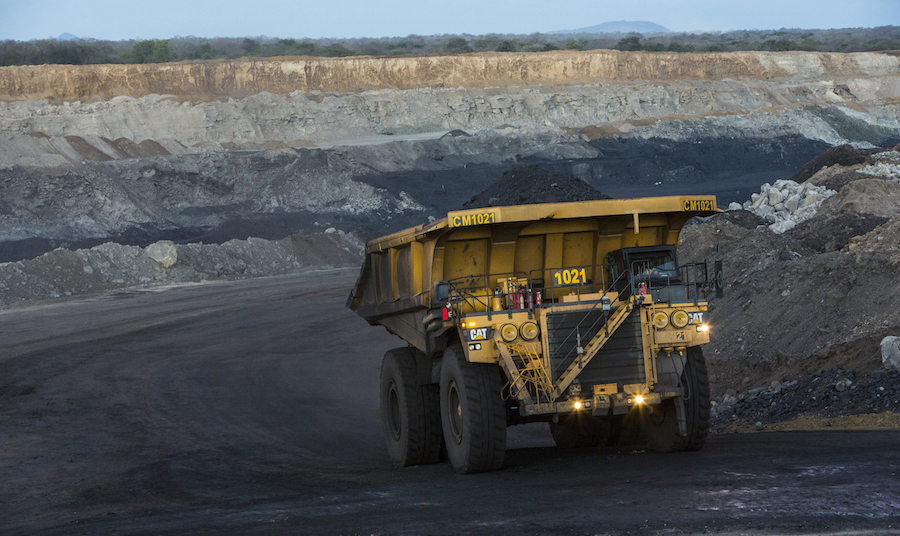BHP bets billions on Chile mines to face global copper crunch

BHP Group expects a global copper deficit of 10 million metric tons a decade from now, a shortfall that is driving its plans to spend at least $11 billion at the world’s biggest copper mine, Escondida, and other projects in Chile.
BHP detailed to investors this week plans to spend $10.7 billion to $14.7 billion within about 10 years to extract more copper from Escondida and the smaller Spence mine, and restart the Cerro Colorado mine.
The world’s biggest listed miner’s annual production is set to fall by around 300,000 tons to 1.6 million tons by the end of the decade, largely driven by a slump at Escondida that is expected to peak in 2025.
Other top copper miners are facing similar challenges to increase output at aging mines.
Those difficulties are hitting just as demand for copper, an essential metal for production of electric-vehicle batteries and construction of data centers, is expected to grow.
“We think the deficit is going to be around 10 million tons by 2035,” BHP Americas president Brandon Craig told Reuters in an interview on Thursday, estimating a $250-billion cost to develop enough mines to match demand.
“That’s quite a challenging task for mining companies.”
The amount represents a little under half of current global production, with copper mine output at 22.4 million tons last year.
BHP is contending with diminishing ore grades at Escondida, which it aims to offset through expanded and new processing facilities, plus leaching technologies to extract copper from sulphide, rather than oxide where copper is more commonly mined.
BHP’s heaviest spending is anticipated around fiscal years 2030 and 2031, Craig said, referring to a schedule that outlines four Escondida projects and three at the Pampa Norte division, which includes Spence and Cerro Colorado.
The earliest projects are set for first production between 2027 and 2028, and the latest ones between 2031 and 2032.
BHP sought this year to boost its copper portfolio in a $49 billion bid for Anglo American, but was rebuffed. BHP has not ruled out a renewed bid.
Asked about organic growth versus acquisitions, Craig said BHP is keen on maximizing Escondida, Spence and Cerro Colorado.
“Our default is to take that resource and develop it … We always have a set of investable growth options.”
BHP aims to stagger the timing of Chile projects to keep them from “becoming too intense to be able to execute effectively,” he added.
BHP is also working with industry associations to press the Chilean government to finalize reforms for faster permitting, but for now anticipates the standard timeline.
“The legal time frames that they set out for how long it should take are often exceeded, so it creates a high degree of uncertainty,” he said.
Although the company previously explored an underground expansion for Escondida, Craig said the idea was not feasible at current copper prices for at least another decade.
Three-month copper on the London Metal Exchange is down around 20% from its 2024 peak in May, at around $8,995 per metric ton.
He also said the miner set aside past interest in selling Cerro Colorado, which was put into temporary care and maintenance late last year amid issues over water use. The miner is now looking for a leaching solution using seawater.
(By Daina Beth Solomon and Fabian Cambero; Editing by Rod Nickel)
More News
{{ commodity.name }}
{{ post.title }}
{{ post.date }}



Comments
Kunarso
We are looking for partner to carry exploration stage in Papua Indonesia. Shoud any party interested, please contact me by WA +62.812.11000.70